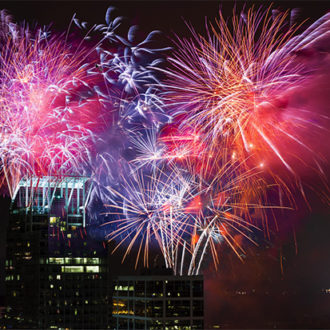On Location Photography: Planning Your Post Processing
[tps_header]A lot has changed in photography in the last few years. Cameras keep improving, ISOs can be pushed into the thousands, and software keeps evolving. Years ago on an assignment, I had an assistant—fresh out of design school—tell me, “Don’t worry about the reflection, I’ll take it out later in Photoshop.” I almost fired him on the spot. He needed to learn good camera and lighting technique, not “I’ll fix it later.” But maybe what the real message was that I needed to learn Photoshop. Eventually, I saw the light (no pun intended). It wasn’t fixing everything in Photoshop, but using it as another tool in the creative process. Now I light certain images specific to what the postproduction process will be. This was the case with a recent skateboarding shoot.
[/tps_header]
Step One
Lately it seems every shoot I’ve been on has thrown me a curveball. Because most of my work is on location away from any studio, I never know what to expect. Sometimes I can scout a location, other times I can’t. But there’s a side of me that likes the unknown and dealing with stressful situations. Drill sergeants say pain is weakness leaving your body. I say dealing with unknown locations is the path to lighting enlightenment! You have to figure it out and learn a lot of tricks along the way.
When I arrived at the skate park with my model Chris, the first thing I saw was snow in the bowls. Toss that shot out of the mix. Then I saw the approaching snowstorm. Okay, this was going to be fun. I needed to work fast, streamline the amount of gear I was going to use, and still make a compelling image. 


